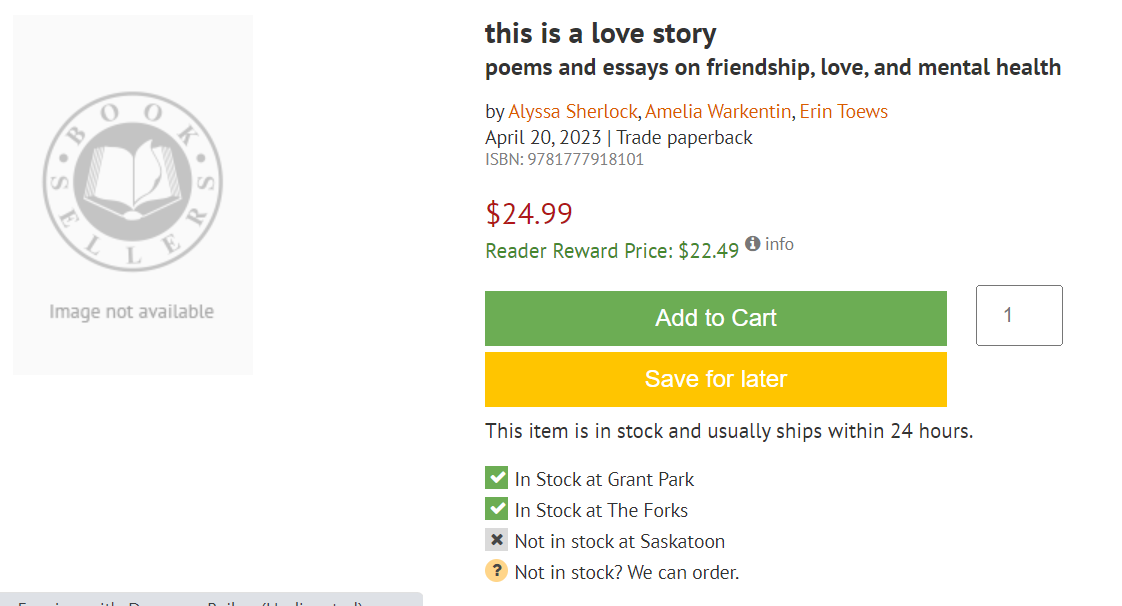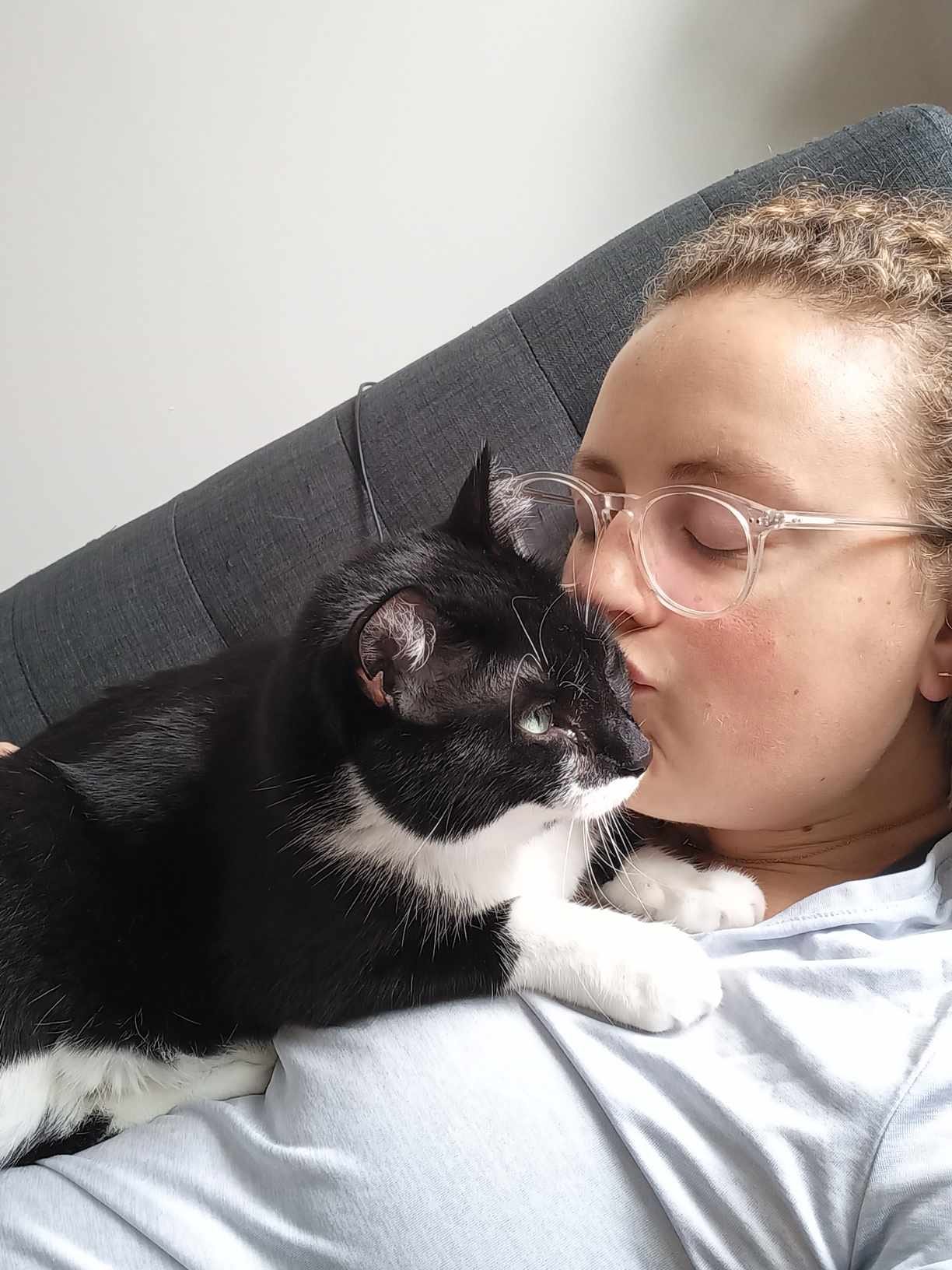the easy way out
one writer's journey with IngramSpark
Publishing is a mystery, and also fascinating. I love learning the gritty publishing behind-the-scenes from authors I follow, and in my limited poll a few months ago, some of you said you were interested in hearing more BTS from me. I asked on Instagram what people might be interested in and the answer was: IngramSpark! And cats. So today I will be telling you about my experience with IngramSpark while sharing pictures of my cats.
I know not all of you are writers, but this will give you an idea of the amount of work and research that went into the publication of this is a love story. Recently, Jodi Picoult shared a video that said self-publishing was “the easy way out” which led to a flood of response from independently published writers. This is just a glimpse into one tiny aspect of the enormous amount of work that goes into self-publishing.
So what is IngramSpark?
IngramSpark is a self-publishing platform, printer, and distributor, which does print-on-demand services. What does that mean? Well, it’s a platform that helps publishers (whether companies or individuals) connect and upload their book to retailer sites like Chapters, Indigo, Amazon, etc., and they only print books when they are bought (hence the name print-on-demand). IngramSpark is far from the only company like this (Amazon KDP, Draft2Digital to name a few), but it is definitely a big player in the space, and the platform that I used to publish this is a love story.
There are a million articles and videos out there on how to use IngramSpark, why to use it, why not to use it, and everything in between. Since there are so many resources out there already, I don’t want to give you an overview of how to use Ingram, but the ways I used it, providing you with some insight into how the heck I did publish this is a love story. That being said, my favourite resource so far has been MK Williams “Author Your Ambition” YouTube videos. She’s not flashy, but incredibly informative and clear about how platforms and their processes work.
Why IngramSpark?
There are so many different ways to self-publish, and everyone does it slightly differently. I chose IngramSpark for the following reasons:
Everything was all in one place. IngramSpark would distribute to sites I wanted my book on like Chapters, etc., and Amazon (although the connection to Amazon ended up being not as smooth as I wanted, but anyway it worked out).
IngramSpark gave me wider distribution than just going through Amazon’s self-publishing arm. IngramSpark has global distribution, and through research, I found out that independent bookstores will not buy books from Amazon. Not going solely through Amazon would it make it slightly more likely I could get my book in independent bookstores. My local bookstore, McNally Robinson, is a place that a lot of people go to find local authors so I thought that would be a better bet than relying on Chapters. (And it paid off! So many of you ordered through McNally Robinson that there are now copies of my book on shelves in both of their locations, without me having to do any consignment deals with them).
I heard the quality of the actual physical books is better with Ingram (and experienced this first-hand with a book I bought on Amazon about self-publishing in Canada, which fell apart after a couple days of ownership).
Ingram has options for print, ebook, and hardcover.
Basically the main reason I chose IngramSpark was that I could do everything in one place, it had wider distribution than other options, it was well-known, and it was the professionalism and quality that I wanted for my first book.
The upload: how does a Word doc become a book?
But where does IngramSpark come into play? A lot of the work of creating the book happened before I even did anything with IngramSpark: writing, editing, working with design and illustration, so much research. Here are the steps I took to bring a Word document to the thing you (hopefully) have on your shelves:
I hired a professional designer, my good friend Amber Wallin (also my illustrator), because I knew I didn’t want to have to also learn how to format and design a book, and wanted it to look as quality and professional as possible.
After I had finished all edits for this is a love story, I cleaned up the document and sent it to Amber to start design.
Amber designed the book, formatting it so it looked like an actual book, rather than a Word document. It was her responsibility to make sure all 40 pages of IngramSpark’s technical requirements for files were met. This also included design revisions and final proofing. I didn’t do much with the actual Ingram platform until the book was ready to go, aside from creating an account and making sure my metadata (book description, price, etc.) was ready to plug in to their file upload form.
Upload time!! The most stressful time. We (read: Amber) had to make sure everything was to IngramSpark’s requirements, right down to the names of the files. I entered in all the metadata that I spent months researching and writing (this is the stuff you see in a book’s listing on a retailer site: the reviews, description, title, keywords, etc.) And then we waited for Ingram’s technical review to see if we missed anything.
The technical review came back within a few days: there was an error on the paperback! The type was too big for the size of the spine. (If you’ve bought this is a love story, you know how thin it is!) Amber fixed it, and we re-uploaded the necessary files again.
IngramSpark says that it takes about 10 days from upload for the book to start showing up on retailer sites (so where you would buy the book!) I set an on-sale date so the book wasn’t available for sale until then, although it did start showing up as a sort of unintentional pre-order. The first site I found this is a love story on was Japanese Kobo, for some reason. It seemed like everything was going well, when…
I found an error on the cover! Amber fixed it in a flash and I re-uploaded the files again, and then it had to go through the entire review process again. Thankfully it wasn’t on sale so nobody got an incorrect copy (except me. I have a few rare incorrect advanced editions, going price is high 😉).
The black hole of distribution
IngramSpark does say that it doesn’t have control over what retailers your book shows up on so the whole book-gets-to-online-stores thing just feels a bit like a black magic. I honestly don’t know how other authors do this, but I had an alert on and just kept googling my name and the book’s as this is a love story slowly started to show up on book retailer sites. Oh, it’s on Chapters! Now Amazon! Now Bookshop! And it’s on McNally Robinson too, so people can order it in there! I ordered a few copies directly from the IngramSpark back-end, but I have to pay out of pocket upfront for the printing costs to buy copies so I would rather people order it directly from a retailer or bookstore. The benefit of print-on-demand is you don’t have to have a stack of books in your trunk or garage; the book is printed when it’s ordered.
The things that are black magic:
Why is it that after the second re-upload for some reason my cover doesn’t show up on some retailer sites?
Why did Amazon.ca set my book’s initial price at $35!? (I ended up uploading directly to Amazon to fix it…IngramSpark and Amazon do not like each other)
Why was only the ebook but not the print book available on Chapters for so long?? (Now the paperback is available!! )
But it’s out there, and people have left reviews on sites, and it’s a book that people have bought. But this was only a few weeks of the two years plus long process of publishing this is a love story. What do you think… is self-publishing the easy way out?
As far as updates go, I haven’t been doing much writing lately aside from scribbled journals here and there, but if you’re interested in updates from me, follow me on Instagram.
Happy November!
Alyssa










I hadn't heard about IngramSpark before you mentioned it 🤔
Yeah, not going through Amazon does seem to be better and it sounds good to have options for the look :)
A lot of work but that's incredible what you went through! 🥳